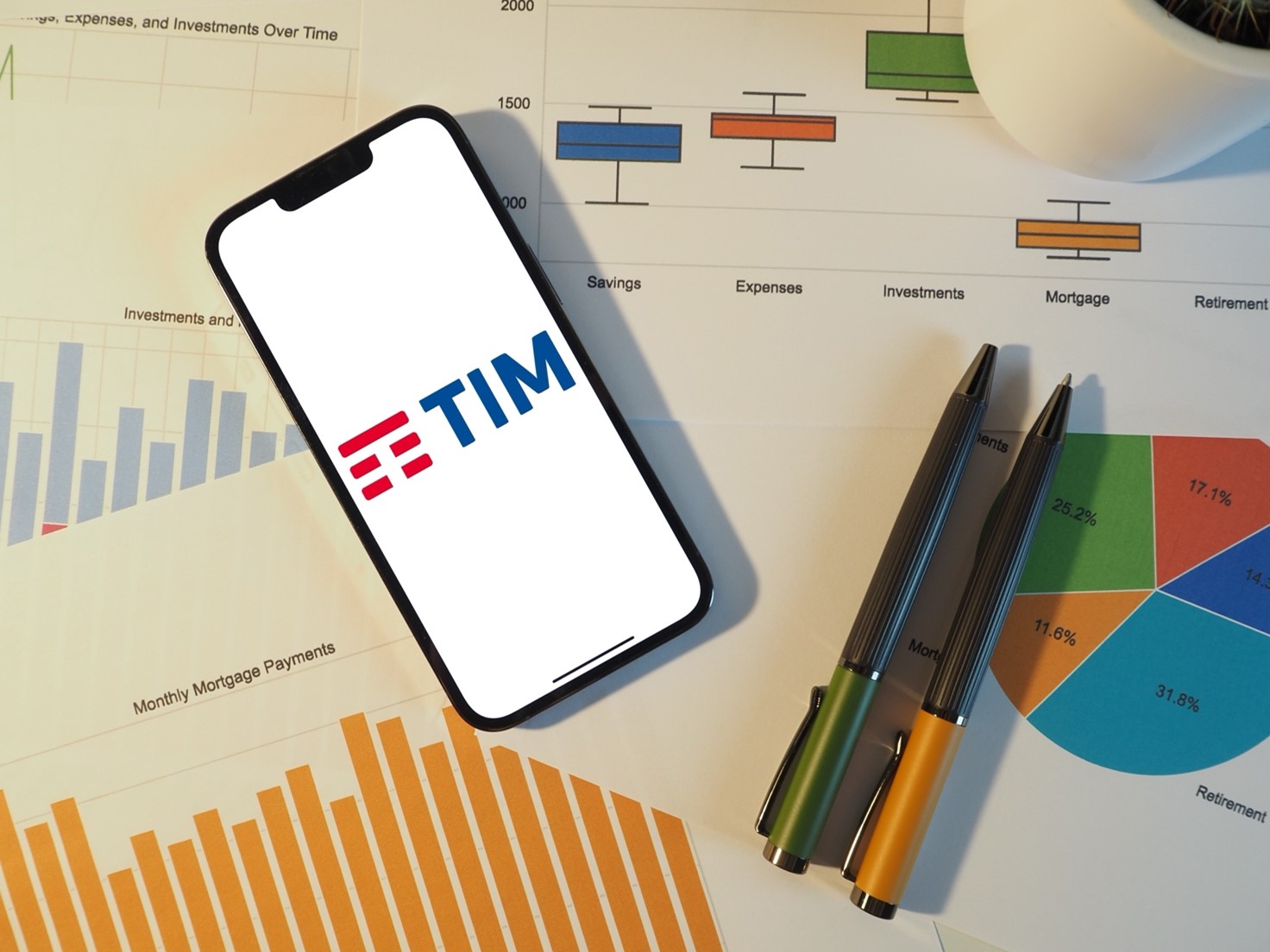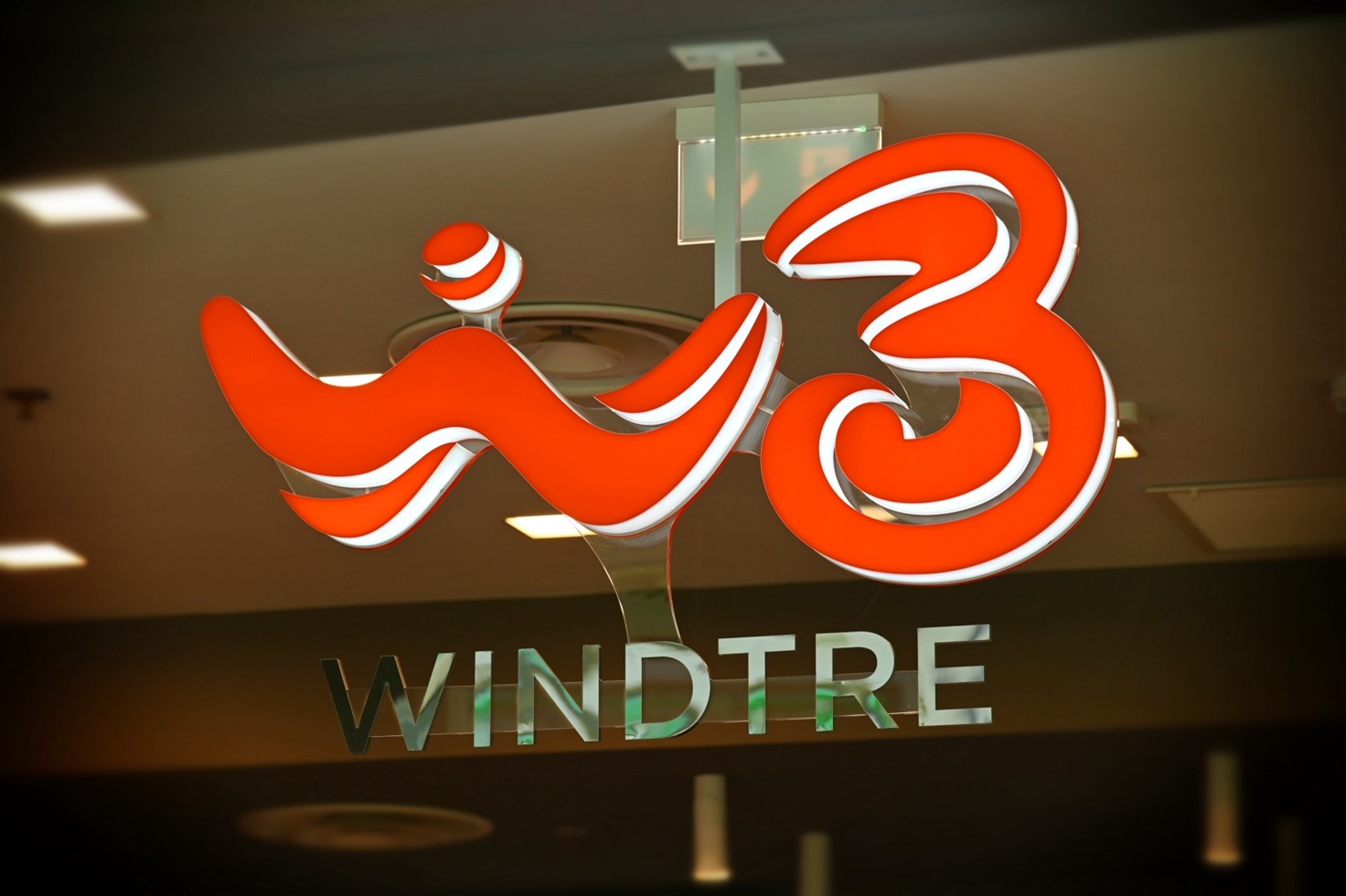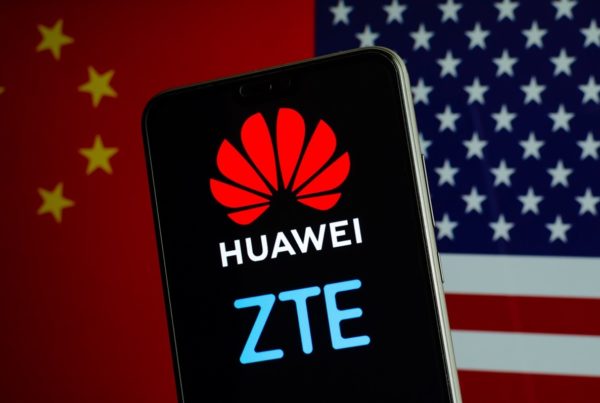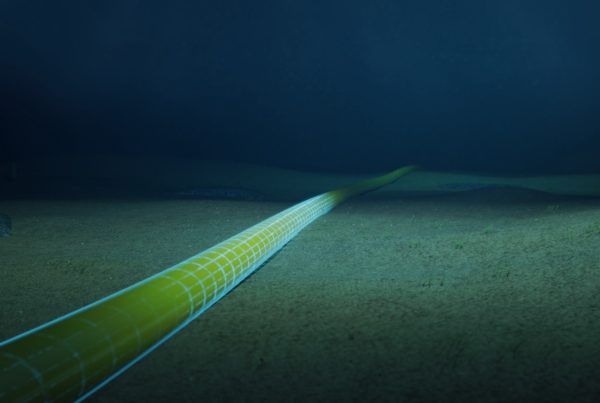The partnership between Swisscom and Vodafone facilitated the merger between Vodafone and Fastweb, managed by the Swiss group, provoking the consolidation and aggregation within the Italian TLC industry. After the merger between Wind and 3 in 2016, the one between Vodafone and Fastweb represents one of the greatest and most relevant mergers since then. Swisscom will invest 8 billion euros without factoring in debt to acquire Vodafone. As already announced by some companies few days ago, the closing would occur in the first quarter of 2025 when the new company, together with Vodafone, will stipulate “long term service agreements, including a licensing agreement allowing the use of Vodafone brand all over the country for a maximum of 5 years after the closing date.” Following this aggregation, the number of TLC operators in the Italian market will significantly decrease while paving the way for a more stable future where the industry could increase its revenues.
Companies’ merger and stakeholders’ key role
Beyond the new company, resulting from the above-mentioned merger, three other stakeholders, Telecom, WindTre and Iliad, play a key role in the next consolidation process. Let’s have a look at the big picture and try to understand which maneuvering room they might find themselves involved in.
 Telecom
Telecom
According to Pietro Labriola, Telecom CEO, “the company is ready to play a leading role in bolstering Italian TLC industry and it is currently looking for different options for its business unit intending to act as purchaser and not as seller.” Nonetheless, considering that the closing process is expected not to be over before summer, the company NetCo divestiture will completely alter its business model. It is, thus, unlikely that Telecom is going to play a crucial role in implementing the consolidation process before finalizing the network divestiture. So far, the timeframe is being respected.
Last January, the Italian Government gave the go-ahead to start the process, highlighting that Chigi palace position about selling Tim network to the infrastructural US fund KKR represents an additional step towards the NetCo acquisition aimed to “safeguard the national interests and ensure state control over the strategic assets of the main telecommunications networks.” The acquisition process involves both an active role of the Government in defining strategic measures and State’s oversight in terms of security, defense and related assets. However, two variables hang over the procedure and the first concerns the Antitrust approvals. Societies’ governing bodies are in favor of it especially because the European body is being more indulgent within the frame of TLC consolidation process. The second and most insidious variable concerns Vivendi position, Telecom major shareholder. The company, indeed, has already taken legal action through Milan court not only contesting the way the divestiture process was handled bypassing the shareholders’ approval, but also contesting the failure to activate the procedure envisaged for transactions with both parties involved. It is still unclear whether the French shareholder will further push and resort to a legal strategy capable of more effectively hindering the sale.
Merlyn fund and its project: Tim Consumer and Tim Brasil to be divested
Another variable is the new strategy announced by Merlyn fund, holding 0.5% of Tim. Compared to the already known positions communicated by the Fund, the strategy outlines additional scenarios: the network selling is no longer sufficient to “guarantee a sustainable future for Tim, and any delay in the current closing process, in the absence of additional measures, would pose a serious threat to the company.” Another point to be considered is the need to facilitate the merger of the network with Open Fiber as well as a comprehensive plan of divestments involving Tim Brazil (which is not considered strategic and therefore to be sold by 2024) and Tim Consumer, starting “immediate discussions” with the aim of “closing process by 2025.” Following the divestitures, Merlyn wants to create TechCo, a high-end technological and infrastructural company providing both businesses and public administration with integrated digital solutions. TechCo, “the new Tim post-sale of NetCo, Tim Brasil, and Tim Consumer, will remain a publicly traded company and will be renamed Telecom Italia.”
 WindTre
WindTre
WindTre is another strategic leading player in the TLC market. In this case, the most ideal partner would be Iliad with whom WindTre is co-sharing the management of Zefiro; through this joint venture, the companies are managing the related mobile networks in the less densely populated areas of the national territory. Within the scope of Zefiro falls the ownership and technical management of the physical infrastructure which enables the provision of mobile services in an area where approximately 26.8% of the Italian population resides. The management of Zefiro itself is said to be one of the main reasons that led to the collapse of the sale of WindTre’s towers to the Swedish fund EQT, with which negotiations were already started. The project involved the sale to the Swedish private equity fund EQT of 60% of WindTre’s fixed and mobile network. 3.4 billion euros allocated for enterprise value, which should have been finalized on February 12 after a three-month delay.
While the network divestiture was about to fail, WindTre strengthened its position in the 5G sector trying to acquire Opnet, the company holding the former Linkem network and being the first European operator to have developed a 5G stand-alone national network and services using this technology in the Italian wholesale market. For the acquisition, which values Opnet at 485 million euros, WindTre has started a transaction involving the payment partly in cash – to cover Opnet’s financial debt and transaction costs – while approximately 225 million euros will potentially be paid in cash or in three-year bonds issued by CK Hutchison. More specifically, the operation will involve WindTre 100% acquisition of a company into which Opnet will transfer its relevant business unit, excluding Tessellis – the former Tiscali for which Opnet holds 59.26% stocks – and other companies controlled or owned by Opnet. Through the operation, WindTre will also acquire OpNet’s FWA frequencies (60 MHz of spectrum available in the 3.5-3.7 GHz band).
 Iliad
Iliad
At the very beginning, Iliad was supposed to be sold to Vodafone: in two different occasions it had attempted to acquire the English group Italian assets but, in both cases, the offers were rejected. One of the offers was rejected a week before the final agreement between Swisscom and Vodafone. According to Intermonte study, analyzing the different potential consolidations involving Iliad, a merger between the French group and WindTre would increase the market share with a good complementarity in spectrum, as WindTre lacks the 700MHz spectrum. The potential consolidation with Tim Consumer would be more “attractive for Iliad due to Tim’s high exposure to the fixed segment: a scenario that would increase and stimulate Group speculation.” However, analysts point out that “Tim Consumer is still an asset in a turnaround phase, so we do not exclude that Iliad may consider a joint venture rather than an acquisition.” Iliad’s other option is to make a deal with Vivendi to acquire 23.75% and implement a large-scale strategy to reorganize Tim Group. However, according to Intermonte, this last operation is complicated because any post-sale restructuring of NetCo must, in any case, ensure public oversight of the other remaining strategic assets, such as Tim Enterprise (data centers and Telsy) and Sparkle.
Iliad reaching agreements with foreign operators
Concerning Iliad’s strategy, aggregation plays an important role. It’s no coincidence that the French group is very active in terms of M&A at the European level. In February, Iliad reached an agreement with Kinnevik to acquire a 19.8% stake in the Swedish telecommunications operator Tele2 for 13 billion crowns, equivalent to approximately 1.16 billion euros. The operation was conducted through Freya Investissement, which, at the end of the transaction, will become the reference shareholder of Tele2, one of the leading telecommunications companies in the Nordic and Baltic countries, which closed 2023 with 29 billion crowns revenues, equivalent to 2.6 billion euros.
The French group keeps growing in Italy
Iliad continues to grow in Italy, counting on its customers and high revenues; with this respect, 2023, was an exceptional year for the group in terms of revenues, exceeding 1 billion euros, up by 14.5% with an EBITDAaL of 247 million euros (+17.2%).” Furthermore, Iliad’s customers grew by 1.26 billion (225 thousand of people more than those registered in the last quarter of 2023). Compared to 2022, the group also registered a positive free cash flow of 4 million euros. In 2023, group’s revenues increased by 10.4% to 9.24 billion euros and by 11.3% in the fourth quarter. At global level, Iliad is one of the TLC operator having the highest number of customers (48.5 billion people, including 38.8 million users in the mobile field and 9.7 million users in the fixed one, distributed among France, Poland, and Italy).
 Final thoughts
Final thoughts
The merger between Fastweb and Vodafone has finally marked the shift towards a different scenario for the Italian TLC market. One of the most important and key change relates the decreased fragmentation of the TCL sector. This new scenario will thus let some players to reach economic growth. Telecom, Iliad and WindTre will have to implement new strategies that consolidate the sector either on large scale or through less impactful but congruent financial operations (as it is for WindTre acquisition of Opnet).





